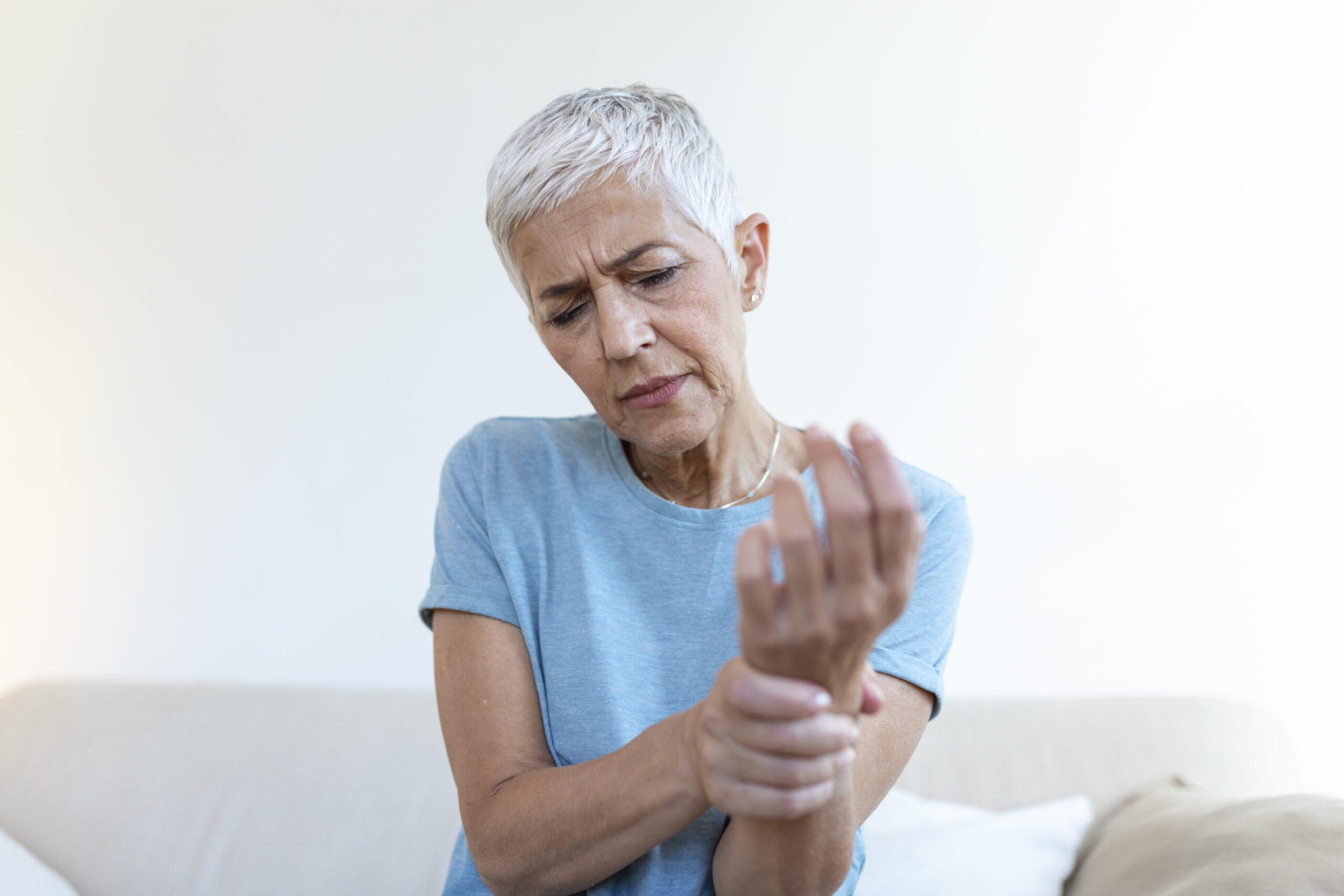Sports Injury Prevention Guidelines

Sports injuries are the most common reason athletes fail to deliver their peak performance or get sidelined before the big match. About 4.27 million Canadians injure themselves while participating in sports or recreational activities. Safety equipment such as helmets and padding keep players safe but that is not enough. Sports injuries can also result from poor training, inadequate warm-up practises or any existing medical condition. Physiotherapists in Brampton suggest that it is possible to prevent sports injuries through a realistic fitness regime and a proper workout guideline. This blog discusses the most effective sports injury prevention guidelines that keep athletes in top shape before, during and after the game.
Simple Sports Injury Prevention Guidelines That Actually Work
Whether you are an elite athlete or a weekend warrior, you should be aware of the possible risks associated with your sports. Hockey, for instance, involves injuries such as concussion, ACL tear, wrist fracture and lower back strain. Similarly, basketball players are prone to injuries like ankle sprain, knee sprain, Achilles tendonitis, etc. The nature of injuries varies depending on the sport you play.
Let’s understand what exactly sports injuries are.
What are sports injuries?
Sports injuries are physical injuries that happen while you are playing a sport, training for it or exercising. These usually happen all of a sudden but can cause detrimental effects on your performance if not taken care of at an early stage. Some injuries develop over time like soreness of muscles.
What causes sports injuries?
Acute sports injuries occur suddenly while you are training or playing the game. Let’s say you twist your ankle while practising for the football match. So, that is an example of acute injuries. Other examples include strains, concussions and fractures.
Overuse injuries occur when a certain part of your body is subjected to repetitive stress without enough rest. Common examples include shin splits, stress fractures and tendonitis.
Other common causes are accidents, improper technique, overtraining, or not using the right equipment. Examples include not warming up before playing or wearing the wrong shoes, which can increase your risk of getting hurt.
Top 5 Ways You Can Prevent Sports Injuries
Wearing the right gear is one of the main ways athletes prevent injuries. But, here are the other sports injury prevention guidelines that you can follow to stay safe and healthy.
Warm-up before the training/game
You should warm up your muscles before any kind of physical activity. Warming up involves a series of exercises which prepare your body for intense activities. In other words, you get back to the game feeling stronger without the risk of injuries.
It has three key impacts on your body:
- Increases heart rate
- Loosens up your joints
- Improves blood flow to your muscles
- Enhances sports performance
Footballers, for instance, usually run through some agility drills, catching or light-passing before the game. If you play basketball, you can dribble the ball while moving or practise defensive slides before the big match.
Let your body cool down
Cooling down after a game or training session is just as important as warming up. It helps your body gradually return to its resting state, prevents stiffness, and reduces the risk of injury.
Your physiotherapist can guide you through the cool-down routine specific to your sport. Light cardiovascular exercises, dynamic stretching, deep breathing and relaxation are some of the most common ways to cool down after an intense physical activity.
The cool-down routine relaxes your body after it undergoes a great deal of stress. It helps your body to recover faster and reduces muscle soreness.
Practise accurate techniques
Players often injure themselves because of the wrong technique.
Let’s take a basketball player for instance.
Imagine they go for a jump shot. They land on the ground with their knees straight.
Outcome?
Their entire body weight is unevenly distributed on one leg causing strains in the leg muscles.
What should have been done?
The player should have bent their knees slightly while landing. This would distribute their weight evenly across both legs.
This is the difference you can make by learning and implementing the right technique of playing the game.
Address pain and discomfort without delay
It is needless to say injuries are inevitable when your sports involve intense physical activity. In some cases, what starts off as a mild pain after a game can get more serious and cause further health complications.
So, address your pain or discomfort no matter how subtle it seems to be.
Talk to your physical therapist as soon as you feel uncomfortable.
There are various types of sports injuries. Diagnosing them at an early stage ensures quicker recovery and prevention of recurrence of the same.
Take adequate rest
Rest gives your body the time to rejuvenate itself for the next day. If you already have an injury, resting helps you recover faster. It allows your body to heal as quickly as possible.
Avoid overtraining. Listen to your body and take all the necessary steps to keep it healthy. Taking enough rest is one of them.
How can a Sports Physiotherapist Help?
A sports physiotherapist specializes in assessing, diagnosing and treating a wide range of sports injuries. In Physiotherapy First, for instance, the physiotherapists use non-invasive techniques such as exercises, manual therapy, acupuncture, etc. to help athletes recover from and prevent injuries. They examine your injuries through a series of tests to diagnose the condition before preparing a treatment plan for your recovery. They also guide you through a fitness routine based on your sport to prevent injuries in the future.
Blog Categories
- Acupuncture Treatment (10)
- Ankle Sprain (1)
- Arthritis Treatment (1)
- Back Pain (23)
- Chiropractic Care (38)
- Tennis Elbow (1)
- Chronic Pain (5)
- COVID-19 (1)
- Custom Orthotics (6)
- Dizziness (4)
- Exercises (12)
- Foot Orthotics (6)
- Hamstring Stretches (2)
- Info Articles (3)
- Kids Injury (1)
- Laser Therapy (4)
- Massage Therapy (21)
- Neck Pain (16)
- Orthopedic (1)
- Osteoarthritis (5)
- Osteopathy (3)
- Pain Management (17)
- Physiotherapy Benefits (44)
- Physiotherapy Clinic (6)
- Physiotherapy Exercises (12)
- Physiotherapy Tips (25)
- Physiotherapy Treatment (100)
- Rotator Cuff (2)
- Shin Splints (1)
- Shoulder (2)
- Spine (4)
- Sports Physiotherapy (1)
- Uncategorized (1)
- Vestibular Physiotherapy (2)
- Work From Home (2)


